Archives
- 2025-12
- 2025-11
- 2025-10
- 2023-07
- 2023-06
- 2023-05
- 2023-04
- 2023-03
- 2023-02
- 2023-01
- 2022-12
- 2022-11
- 2022-10
- 2022-09
- 2022-08
- 2022-07
- 2022-06
- 2022-05
- 2022-04
- 2022-03
- 2022-02
- 2022-01
- 2021-12
- 2021-11
- 2021-10
- 2021-09
- 2021-08
- 2021-07
- 2021-06
- 2021-05
- 2021-04
- 2021-03
- 2021-02
- 2021-01
- 2020-12
- 2020-11
- 2020-10
- 2020-09
- 2020-08
- 2020-07
- 2020-06
- 2020-05
- 2020-04
- 2020-03
- 2020-02
- 2020-01
- 2019-12
- 2019-11
- 2019-10
- 2019-09
- 2019-08
- 2019-07
- 2019-06
- 2019-05
- 2019-04
- 2018-11
- 2018-10
- 2018-07
-
Does a universal mechanism for
2020-04-29

Does a universal mechanism for TLS exist? Our previous studies using the bacteriophage T4 DNA polymerase generated the model provided in Fig. 7 that quantifies the molecular forces influencing key steps in the polymerization pathway during the replication of a non-instructional versus miscoding DNA
-
Nucleophosmin NPM which also plays a role on the nuclear
2020-04-29
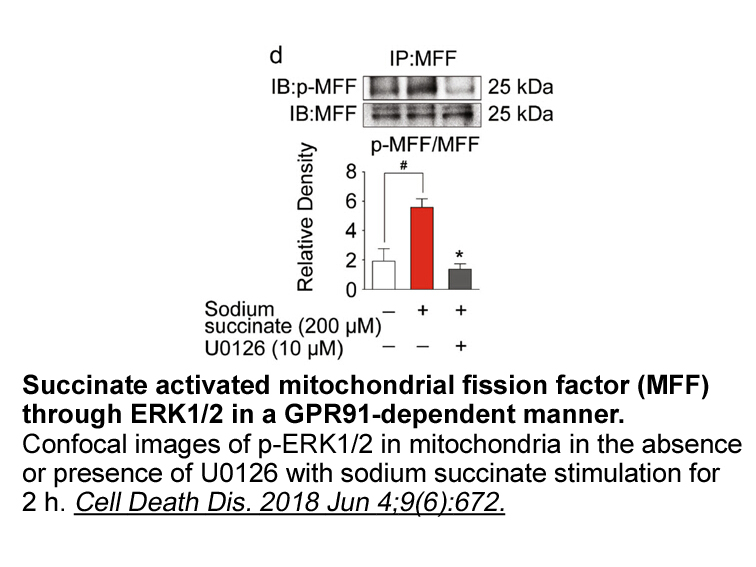
Nucleophosmin (NPM1), which also plays a role on the nuclear export of ribosomal proteins and subunits (Maggi et al., 2008), is also a relevant MYC target, presumably through an interaction with CRM1. Conversely, it has been recently reported that specific SINE compounds reduce the levels of MYC in
-
opportunity to learn CM AVM and VOGM are thought to be
2020-04-29
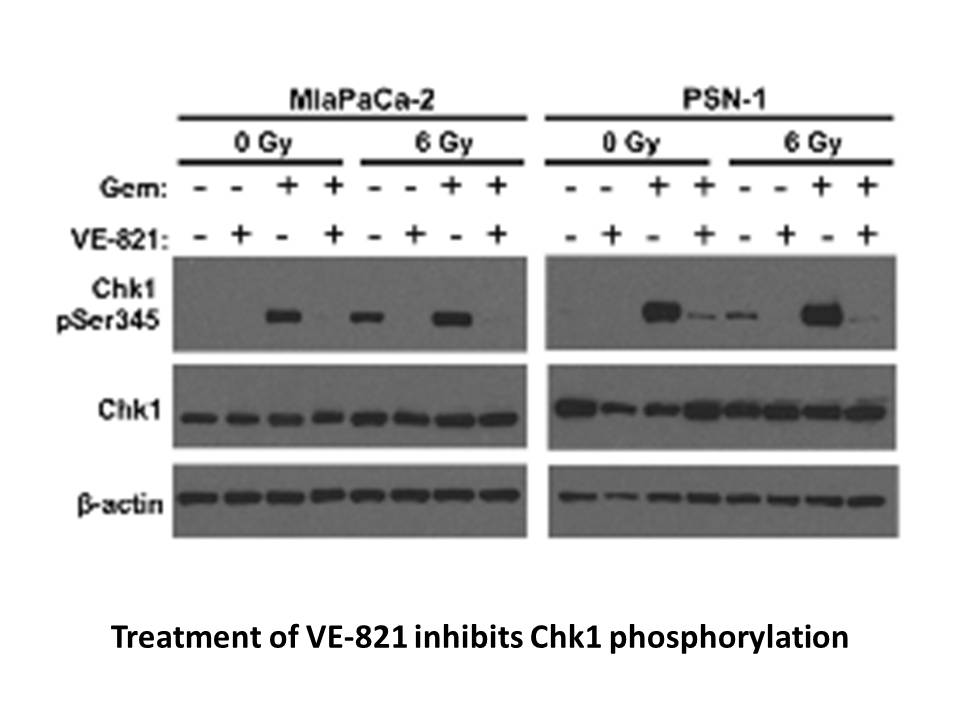
CM-AVM and VOGM are thought to be two distinct disorders, with CM-AVM characterized by atypical CMs, with or without AVM in variable body parts, while VOGM is a type of cerebral AVM [16]. The fact that VOGM is infrequently reported as the AVM in CM-AVM patients, and CMs are quite often identified in
-
The compounds listed in Table
2020-04-29

The compounds listed in Table 1, Table 2, Table 3, Table 4, Table 5 were biologically evaluated for their inhibition of the specific binding of a radiolabeled ligand [3H]PGE2 to membrane fractions prepared from cells stably expressing each mouse prostanoid receptor. The EP1 antagonist activity of th
-
2595 mg Introduction Fish commonly employ pheromones to regu
2020-04-29
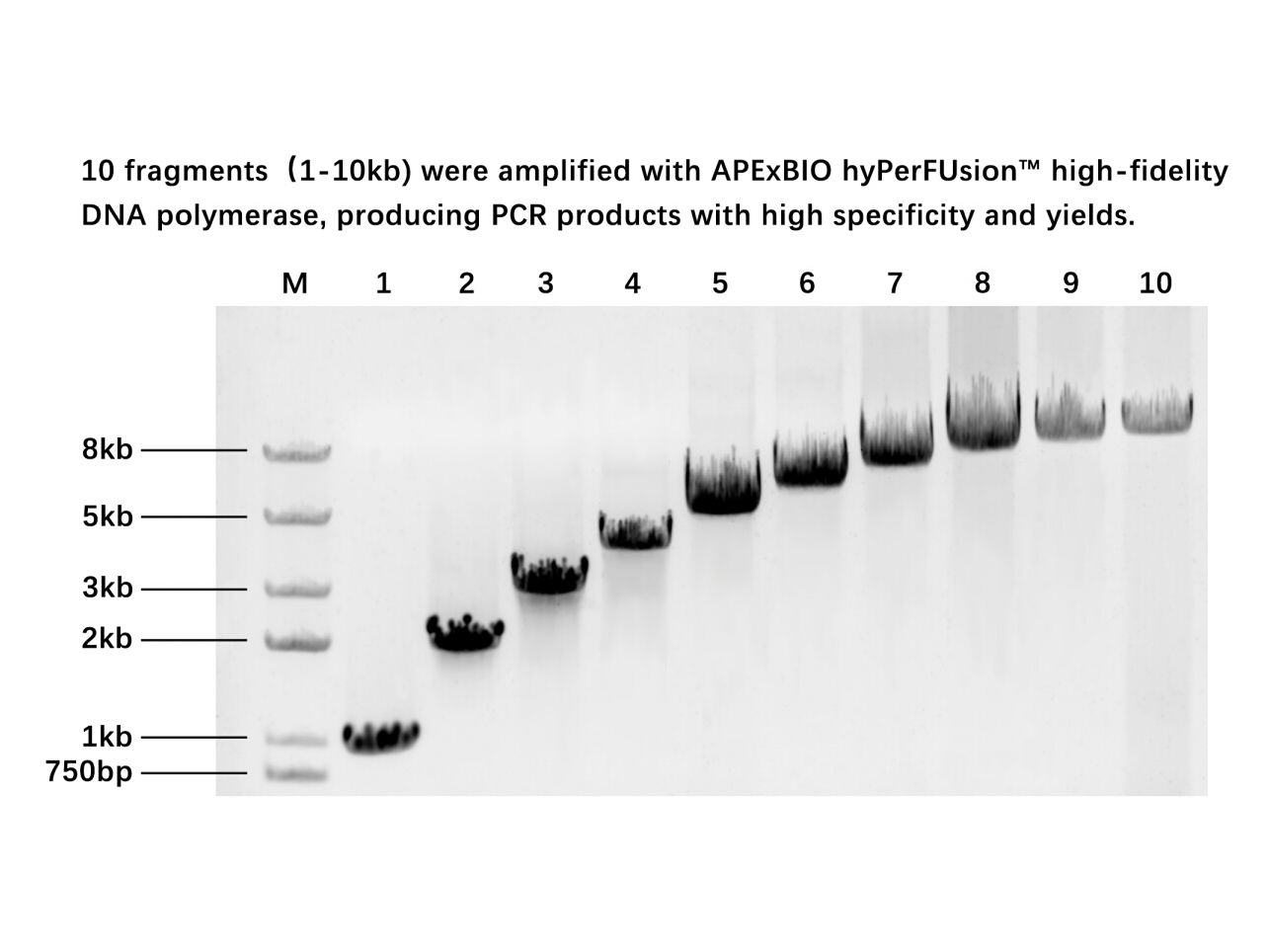
Introduction Fish commonly employ pheromones to regulate a variety of functions including reproductive communication [1]. Reproductive pheromones induce both primer effects, such as changes in the endocrine or physiological state of conspecifics, and releaser effects such as rapid behavioral respon
-
Studies have shown that endothelial cells damaged by SAH can
2020-04-29
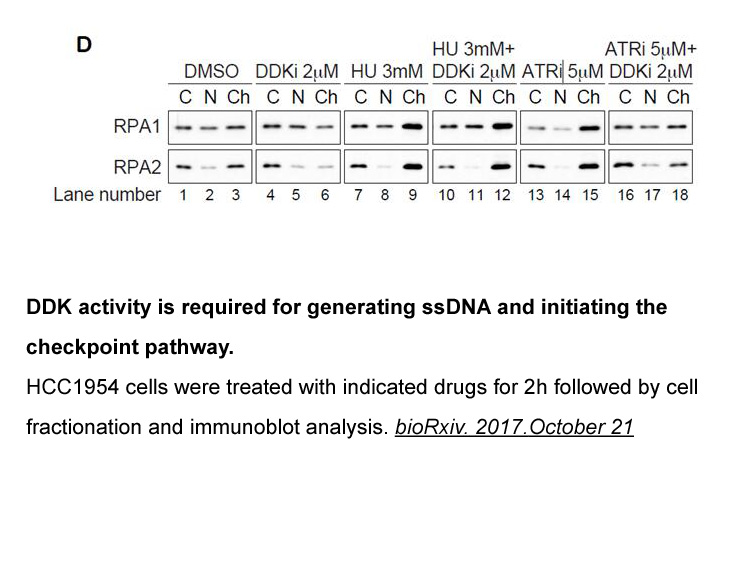
Studies have shown that endothelial cells damaged by SAH can release a large amount of ET-1, thus its plasma level is elevated and is positively correlated with the symptoms of SAH (Lei et al., 2015, Masaoka et al., 1989). Our data obtained from SAH-along rabbits were consistent with these findings.
-
Recently cross talk between DDR and the
2020-04-29

Recently, cross-talk between DDR2 and the insulin receptor and between Notch1 and DDR1 was proposed. Stimulation of cells with collagen I and insulin promotes Tyr740 as well as total tyrosine phosphorylation of DDR2 receptor to a greater extent than the phosphorylation stimulated by collagen I alone
-
In the past few years we and others have
2020-04-29
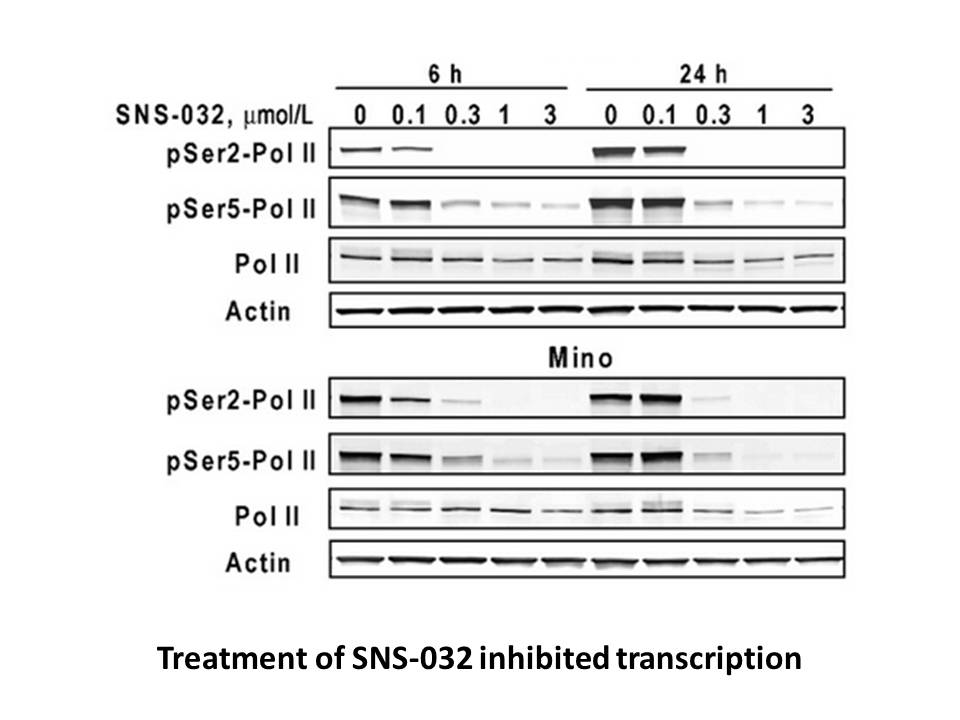
In the past few years we and others have reported that GLP-1 may also be secreted by sub-populations of alpha (+)-Catechin hydrate receptor in human pancreatic islets (Marchetti et al., 2012, Ellingsgaard et al., 2011), which could contribute to beta cell function and survival (Marchetti et al., 20
-
COMT protein expression was investigated
2020-04-29
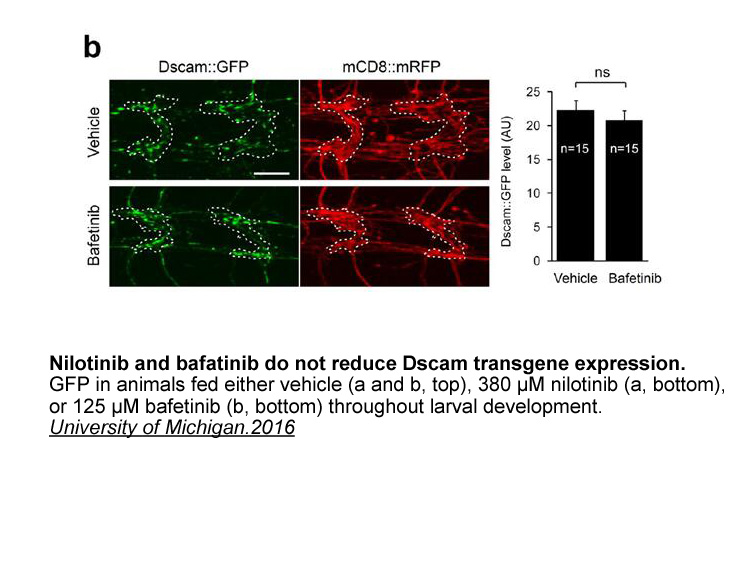
COMT protein Triflurdine australia was investigated as a potential mechanism by which tolcapone may differentially affect male and female P and Wistar rats. COMT protein levels in the PFC were lower in P rats compared to Wistars but female P rats expressed greater levels of COMT in the PFC relative
-
Organ fibrosis is thought to be initiated
2020-04-29
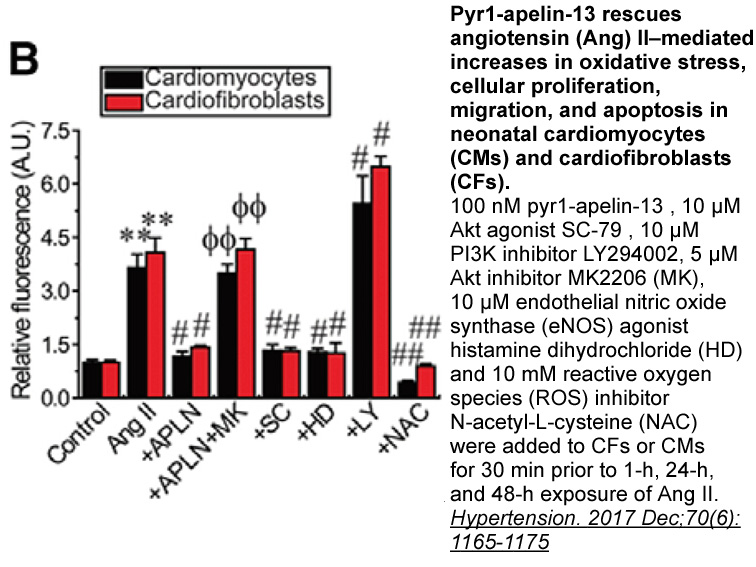
Organ fibrosis is thought to be initiated by repeated or chronic epithelial injury. The current belief is that damaged epithelial Tenovin-3 induce an aberrant and unresolved wound repair process by activating fibroblasts via various profibrotic cues. Upon injury, epithelial cells activate the profi
-
br Materials and methods br Results br Discussion One novel
2020-04-28
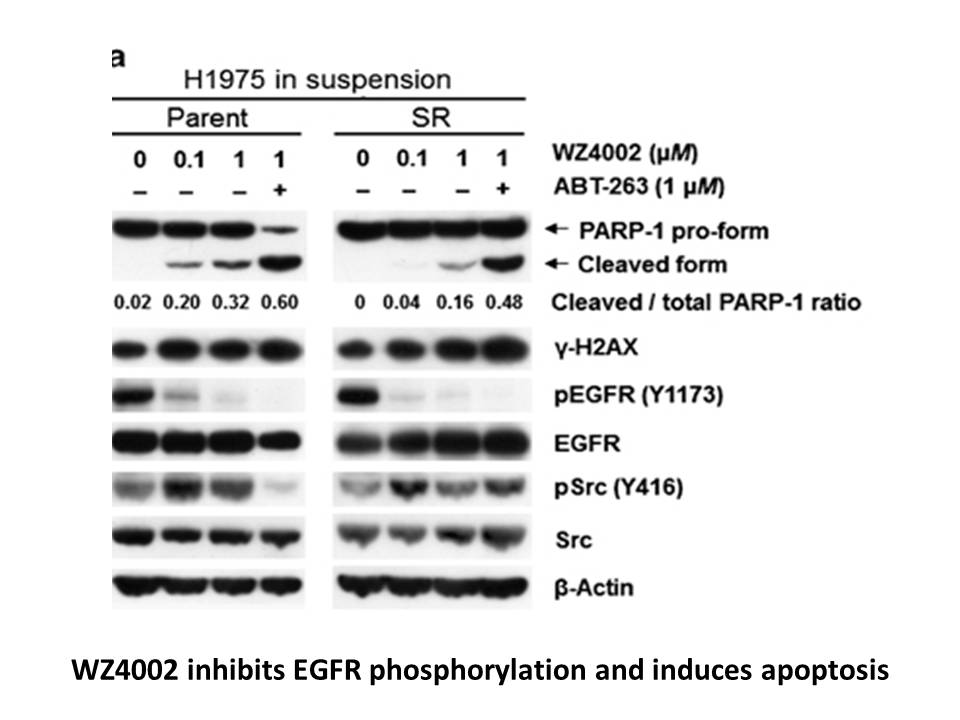
Materials and methods Results Discussion One novel finding in our study is that CK2 inhibition preserved axon function and structure in WM against ischemia. Consistent with these findings, oligodendrocytes, astrocytes, myelin, and Lubiprostone were found to express CK2α. The robust expressi
-
br Materials and methods br Results and discussion
2020-04-28
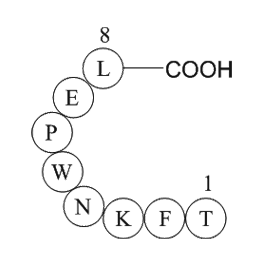
Materials and methods Results and discussion Conflict of interest Acknowledgments This work was supported by grants from National 973 Project (2015CB755700) and the Doctoral Starting up Foundation of Henan University of Science and Technology (13480033). Introduction Progression thro
-
Collagen compaction and alignment are
2020-04-28
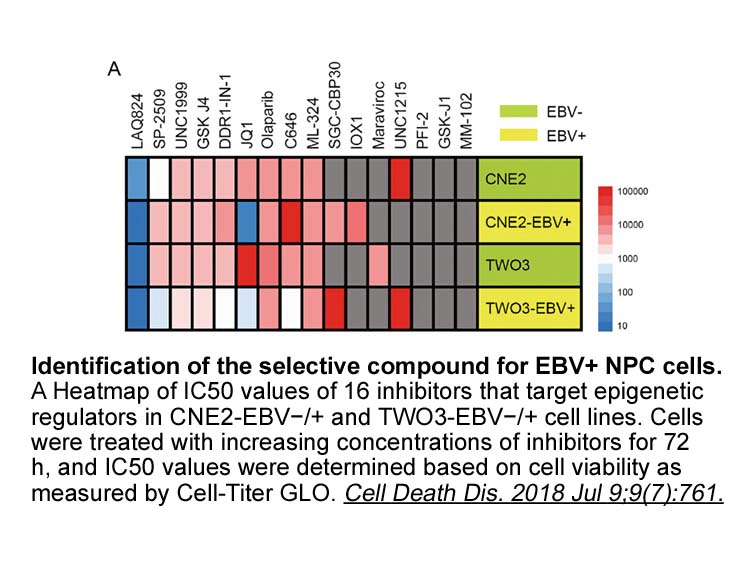
Collagen compaction and alignment are generated by cell-mediated contractile forces (Stopak and Harris, 1982). The transmission of actomyosin forces to collagen has been mainly attributed to integrins and the activation of the Rho-ROCK pathway (Clark et al., 2007, Kural and Billiar, 2013, Provenzano
-
Miglitol We show that direct contact with MSCs is necessary
2020-04-28
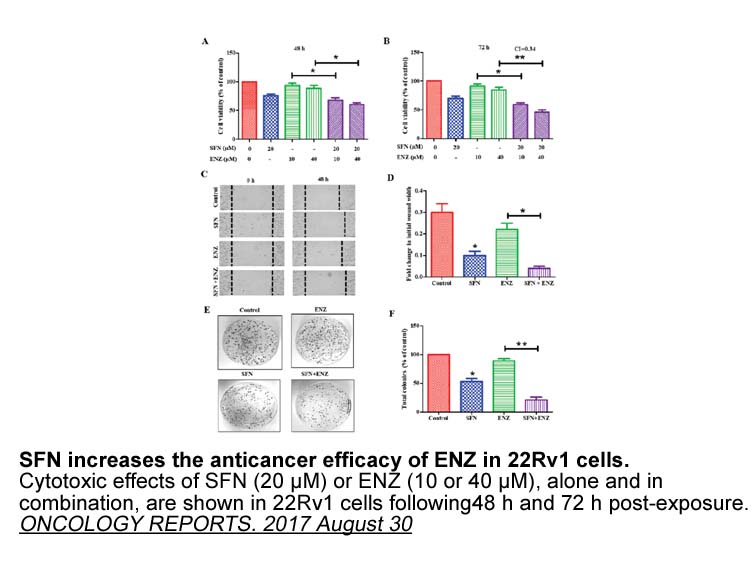
We show that direct contact with MSCs is necessary and sufficient to induce DDR2 upregulation in breast cancer cells. DDR2 expression in MSC is required for collagen deposition and leads to increased DDR2 expression and activation in breast cancer cells. This paracrine-autocrine MSC-cancer cell axis
-
We have previously characterized the leucine rich NESs
2020-04-28
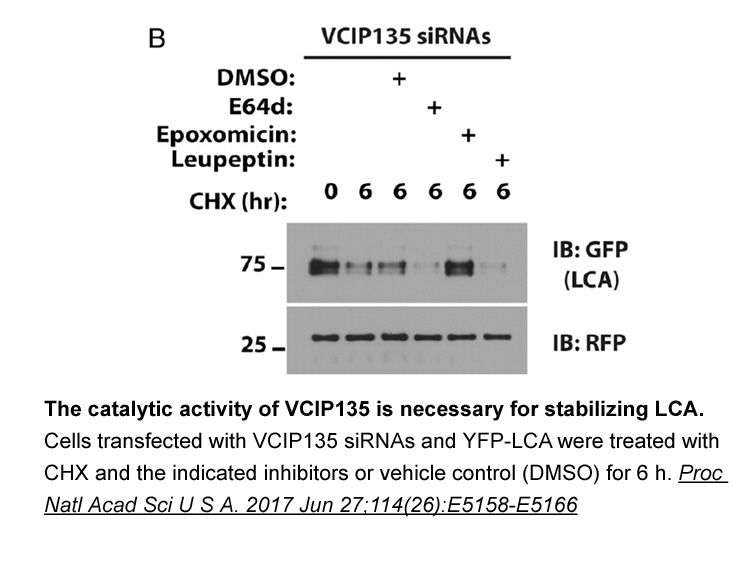
We have previously characterized the leucine-rich NESs located within the zinc-binding domains of mucosal high risk HPV16 E7 (76IRTLEDLLM84) and low risk HPV11 E7 (76IRQLQDLLL84) mediating their nuclear export in a CRM1 dependent manner (Knapp et al., 2009, McKee et al., 2013). The zinc-binding doma
11555 records 546/771 page Previous Next First page 上5页 546547548549550 下5页 Last page